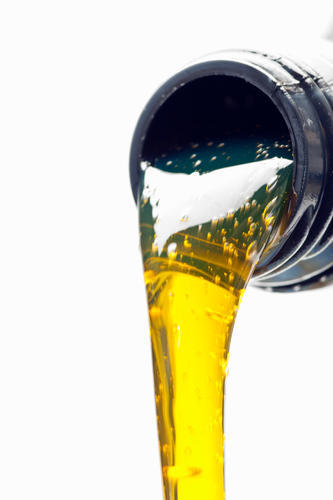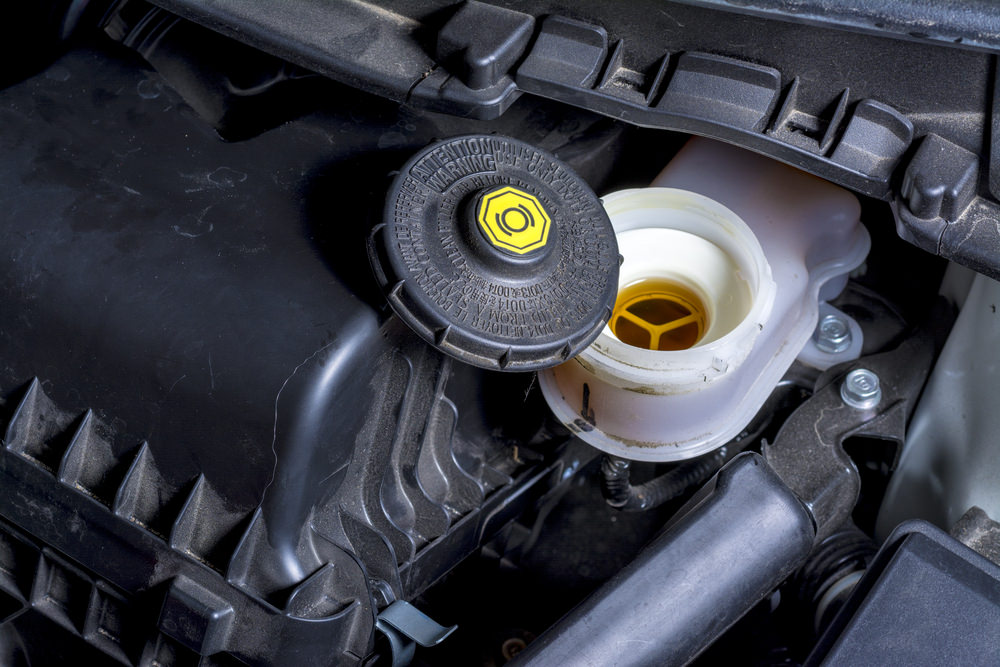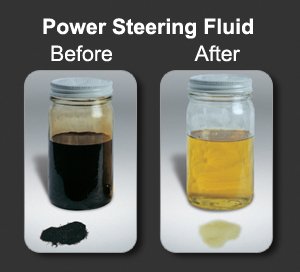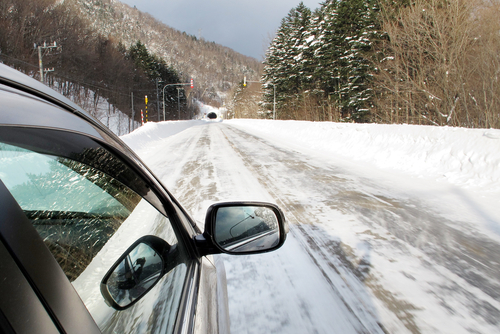.jpg)
The arrival of winter in Minnesota always stirs up a longing for adventure (or warmer destinations). After a few months cooped up inside and navigating icy roads, blue skies and sunny weather are reason enough to pack up your car and hit the road.
However, your best planning will be ruined if you cannot rely on your car. A malfunction on your everyday commute is one thing, but could you imagine your car leaving you stranded miles outside your hometown? Car care is essential year-round, but especially before a road trip, so complete this road trip inspection before becoming a horror movie cliché.
Neglecting to do a quick mechanical once-over (even on newer cars) before hitting the road is asking to be stranded. We are not talking about rebuilding the cylinder head or performing a line-bore on the crankshaft mains. We are merely stating a few reminders that may slip your mental checklist in a rush to get bags packed, and the children prepared.
Fluids
Fluids are essential in any car. Service intervals on your car's six vital fluids usually depend on mileage, so consider how far you have driven since your last change, and how far away you plan on driving during your trip, to decide what needs attention.

1. Engine Oil
One of the most basic,bu essential lubricants a car needs is engine oil. It lubricates moving parts like the pistons, crankshaft, and camshaft so they can run smoothly with no friction. Getting an oil change every 3,000-5,000 miles is crucial. If you have changed your oil inside that range, use your dipstick to check the oil condition and its fill level. If it is black, gritty, or below the minimum, get it changed out right away. If you are going long distances, consider opting for a synthetic motor oil.

2. Radiator fluid
A radiator cools off the engine. Radiator fluid is known as coolant or antifreeze. It works to remove heat from the engine and disperse it through the radiator. A low coolant level may result in overheating, so check your coolant and top it off. Flushing the system at 50,000-mile intervals is essential. New vehicles come equipped with engine coolant that is intended to go 100,000-150,000 miles. It is crucial to use the same coolant type that is already in the engine. You can tell the difference based on the color, with green being the most common. It is advised to check the coolant reservoir as well as the radiator if your car is not new. If your coolant is rust-colored or looks similar to murky pond water, it is time for a change.

3. Brake fluid
The government organizes brake fluid as DOT3 or DOT4. Brake fluid attracts and absorbs moisture. As it ages, it turns the color of maple syrup and begins rusting brake components. Inspect the brake reservoir for the color of the fluid, and to see if it is topped up to the “full” mark. If you have not had a flush in 2-3 years, get one before your trip. Water-laden brake fluid lowers the fluid’s boiling point. A reduced boiling point can lead to a squishy brake pedal. Be sure to top off the brake fluid if necessary, and flush it at 36,000-mile intervals. If your vehicle is new, it may be running DOT5 fluid, which is silicon-based and not subject to water absorption. However, it is vital to flush this fluid per the recommendations of your owner’s manual.

4. Power steering fluid
Present cars use what is called power steering to make turning the wheel smooth at any speed, but this liquid can also become contaminated, causing your steering wheel to be less responsive. At around 24,000 miles, it is essential to get your braking system checked out.
.jpg)
5. Transmission fluid
Transmission fluid helps gears mesh smoothly. When it gets old, harsh shifts can be the result. Fortunately, transmission fluid lasts a long time. Some cars are even sold with "lifetime" transmission fluid. It is still a good idea to replace the fluid at around 60,000 miles. Increased problems are common with transmission fluid older than 100,000 miles.
.jpg)
Battery
If the battery in your car is more than a few years old, check its terminals. They should be corrosion-free and make sure the positive and negative leads are tight. If your starter sounds sluggish, it could be either corrosion or a dying battery. If your battery is not a "maintenance-free" battery, have a gas station test its electrolytes. If it is sealed, they can check the output voltage. If there is corrosion, that looks like white chalky stuff on the terminals, clean it off with a wire cable-brush. The leads should be secure tightly if one falls off during your drive it can cause a "voltage dump" that can kill your alternator.

Belts
Check the engine belts by turning them sideways with your hand so you can see the friction surface. If they are at all ragged, torn, cracked or showing the fiber cords, it is time to get new ones. Newer cars often have one large serpentine belt, that runs the water pump and the A/C, power steering, and alternator. Older cars have more than the serpentine belt to run these components. If you hear loud screeches when you pull away from a stoplight, a loose belt is probably the cause. If your finger can press the belt more than a half-inch of deflection between pulleys, the belt is stretched. Replace it if it is old and worn if not, you will have to retention it, or it may fall off.
.png)
Tire pressure and tread
Tires are your contacts with the road. The tire does not list the appropriate tire pressure. Instead, the number on the tire is the maximum amount of pressure the tire can hold. Combined with extreme heat and speeds, filling the tire to the number on the tire could lead to a blowout. Be safe. Look on your driver’s side door, glove compartment, or fuel door for the suggested tire pressure. Check the pressure before your trip, with a good gauge and an air hose (available at the corner gas station). Low tire pressure wastes fuel and causes the tire to run hotter from the extra friction. Look at the tread on every tire to make sure they are not worn. Many new tires come with about 10/32” of tread depth. If your tire tread-depth gauge shows less than 2/32”, it is time for new tires. If your tires are on the bubble regarding wear or have a bubble in the sidewall from a recent bounce against a curb, it is always advised to get new tires now than to have them wear down while on the road.

Test the car
Listen for noises, feel for shakes, and watch for trouble signs in the gauges. Do you hear a moaning or grinding from the wheels? It could be a worn wheel bearing or a bad CV joint. Is the car pulling to one side? Check for alignment problems or worn tires. Does your car squeal or shimmy with braking? Might be warped rotors or worn pads. Does the brake pedal feel soft or squishy? Might mean worn pads or old fluid. Are your headlights flickering at idle? It is probably a loose alternator belt, a failing alternator or corroded battery terminals.
Before your next trip, bring your car into DJ Foreign Auto Care for a road trip inspection!
.png)